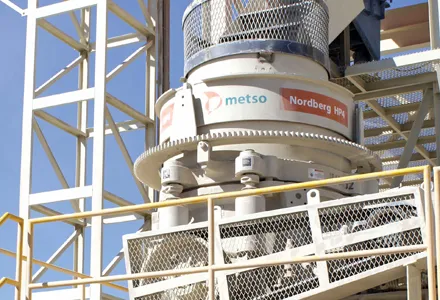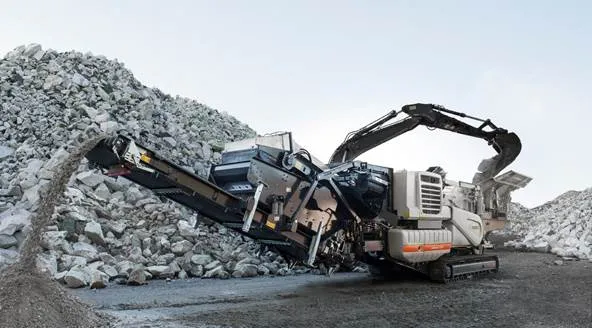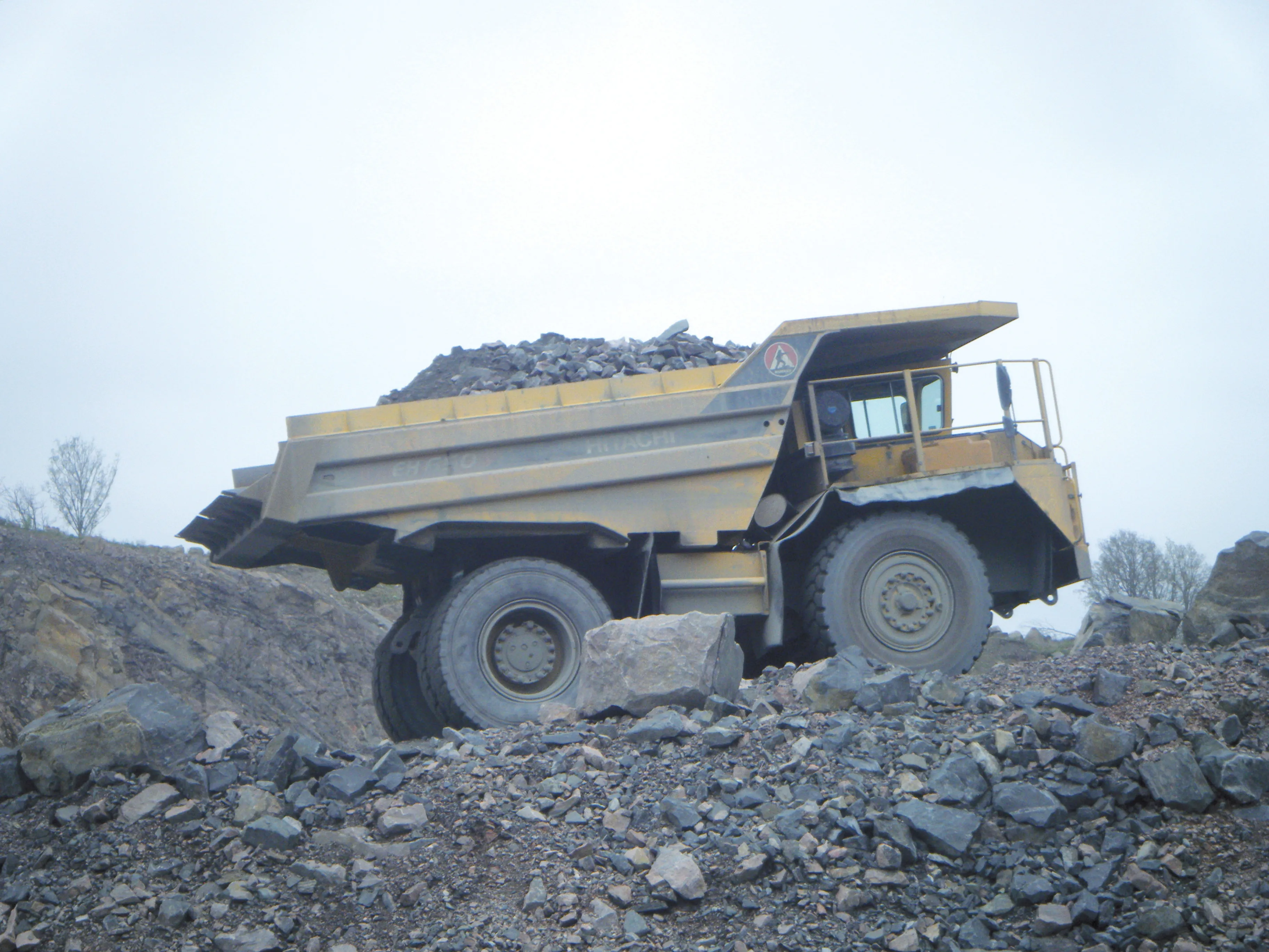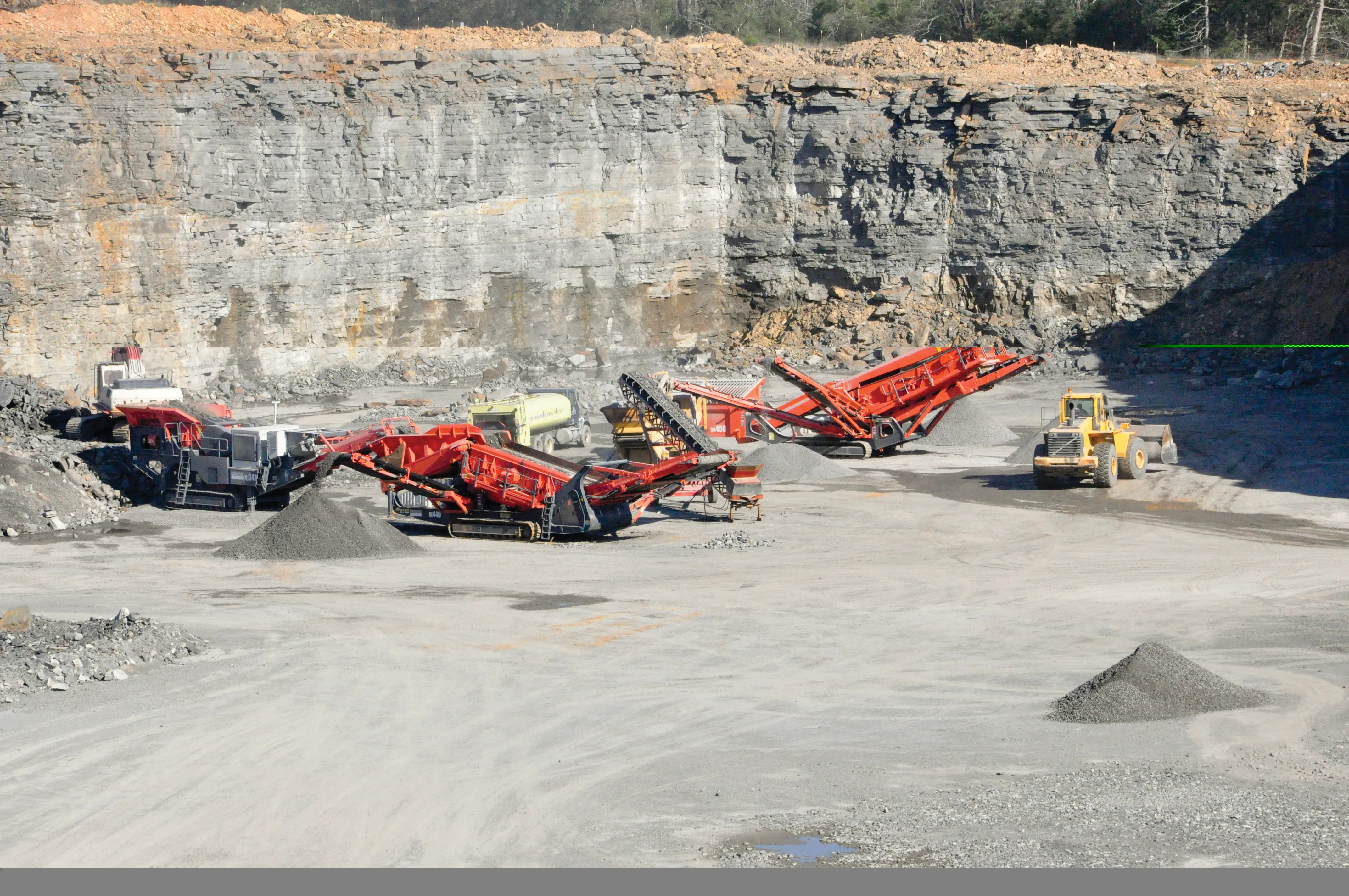Aggregates producer Franzefoss has turned to Metso as it looks to upgrade capacity on its existing Steinskogen quarry site outside of Oslo, Norway.
The new crushing and screening installation from Metso, which Franzefoss is looking to help secure healthy commercial growth, includes design, fabrication, installation and commissioning for secondary and tertiary aggregate production. In addition to the fully automated crusher and screening installation to monitor and ease the control of the operation, the n
April 2, 2014
Read time: 2 mins

Aggregates producer Franzefoss has turned to Metso as it looks to upgrade capacity on its existing Steinskogen quarry site outside of Oslo, Norway.
The new crushing and screening installation from6934 Metso, which Franzefoss is looking to help secure healthy commercial growth, includes design, fabrication, installation and commissioning for secondary and tertiary aggregate production. In addition to the fully automated crusher and screening installation to monitor and ease the control of the operation, the new plant will be equipped with an automated truck loading station. Full production is scheduled for March 2015.
The new secondary crushing plant system is targeted at 375tonnes/hour and will include one HP 400 cone crusher and two TS5.2 screens to produce ballast railway and end-products of 4/16 and 16/32 basalt aggregate. The tertiary stage, which relies on two HP 4 cone crushers and two TS 4.2 screens, will produce several fractions destined for concrete and asphalt use. Conveyors and all ancillaries will ensure the handling and the storage of the material. The order has been included in Metso Mining and Construction's Q4 2013 orders received.
"In-depth analysis of the customers' needs, close collaboration with Franzefoss to position the tailor-made installation and confidence in Metso's crushing and screening solutions paved the way to this new order, " said Eirik Brekke, vice president, Scandinavia sales Area, Mining and Construction, Metso.
Franzefoss Pukk AS is a major aggregate producer in Norway with an annual production of four million tonnes through 12 different sites.
The new crushing and screening installation from
The new secondary crushing plant system is targeted at 375tonnes/hour and will include one HP 400 cone crusher and two TS5.2 screens to produce ballast railway and end-products of 4/16 and 16/32 basalt aggregate. The tertiary stage, which relies on two HP 4 cone crushers and two TS 4.2 screens, will produce several fractions destined for concrete and asphalt use. Conveyors and all ancillaries will ensure the handling and the storage of the material. The order has been included in Metso Mining and Construction's Q4 2013 orders received.
"In-depth analysis of the customers' needs, close collaboration with Franzefoss to position the tailor-made installation and confidence in Metso's crushing and screening solutions paved the way to this new order, " said Eirik Brekke, vice president, Scandinavia sales Area, Mining and Construction, Metso.
Franzefoss Pukk AS is a major aggregate producer in Norway with an annual production of four million tonnes through 12 different sites.









